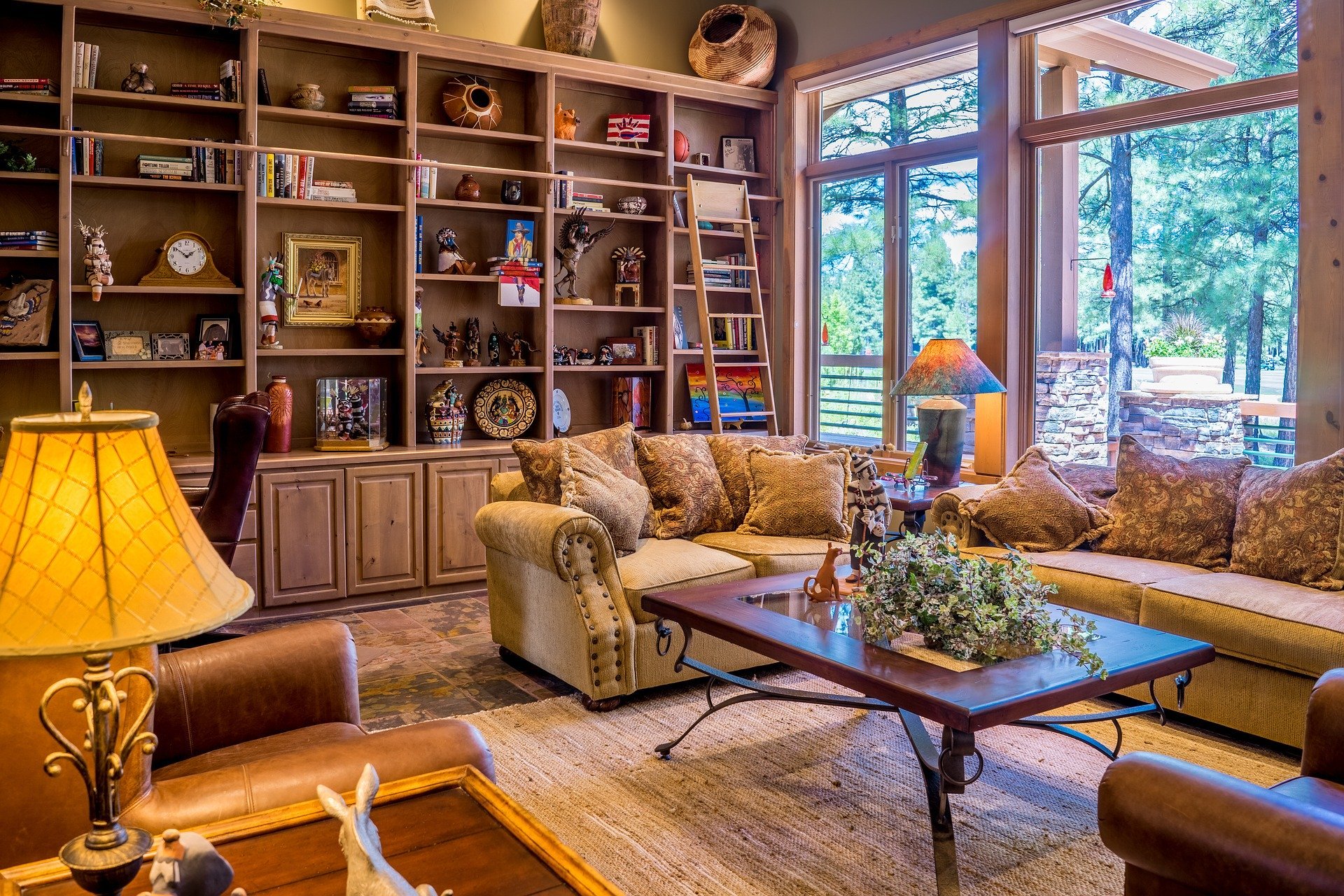What are the 7 basics of interior design?
Accomplishing balance in life is arguably the key to a more rewarding existence. The same applies, in a visual sense, to interior design. Balance in interior design involves an understanding of stability. However, three different types of balance can be applied depending on personal preferences:SymmetricalPerhaps the most straightforward idea of ‘balance’ in interior design is symmetrical (or formal balance). It is dictated by a mirroring effect that evenly divides your space into two, where each side reflects the other.To visualise the idea of formal balance, think of a dining room where the dining table has chairs opposite one another or a bedroom with side tables and identical lamps on either side of the bed.

AsymmetricalA looser approach to balance is to embrace an asymmetrical interior design. This modern concept means you can replace the mirroring effect with something more flexible, albeit with a similar shape, size or dimension. So, instead of two identically-sized couches opposite one another, consider a couple of one-seater chairs or sofas to achieve a similar but less symmetrical effect that creates an off-kilter space that benefits from the visual weight.Radial BalanceAt the other end of the spectrum is radial balance. This more intricate approach requires establishing a natural focal point and having other smaller pieces diverge from it evenly. A fireplace could be the example of the focal point in question, and then you could carefully arrange other items facing toward it, for example.